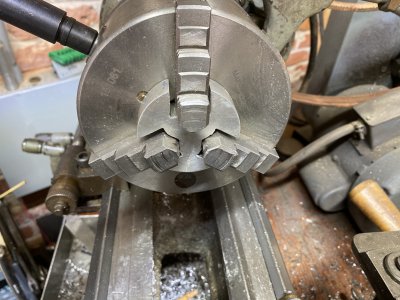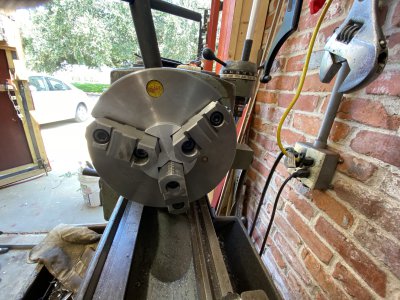A few small plates to fit chucks so thin stuff can be properly loaded. Next is to drill the chuck and do the Joe Pi method of mounting 1” aluminum round stock and a quick facing...then you’ll really dead nuts on the mark.
I made two for the 5” chuck on 9” lathe and one for the 8” chuck on the 12” Clausing
Here’s a link to Joe Pie’s video. Good stuff. Simple too.
Chuck modification-Joe Pie
I made two for the 5” chuck on 9” lathe and one for the 8” chuck on the 12” Clausing
Here’s a link to Joe Pie’s video. Good stuff. Simple too.
Chuck modification-Joe Pie
Attachments
Last edited:




















